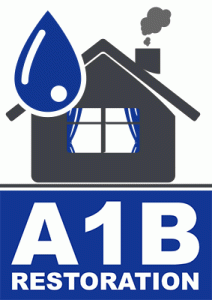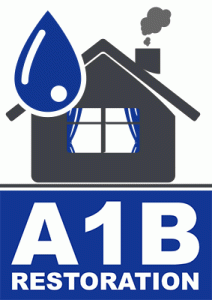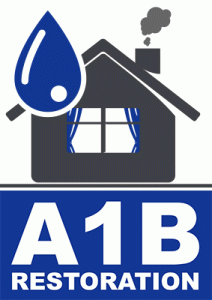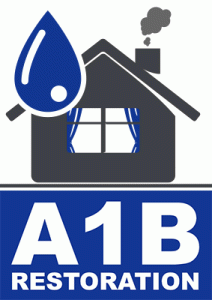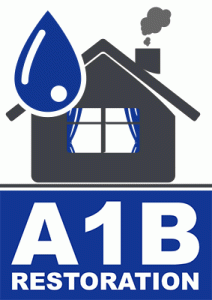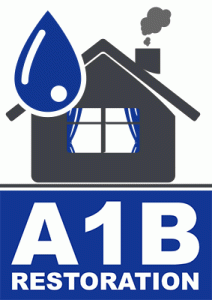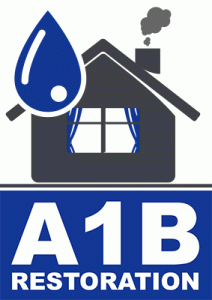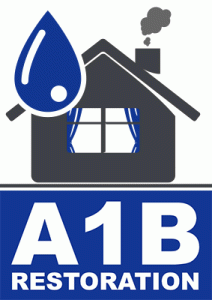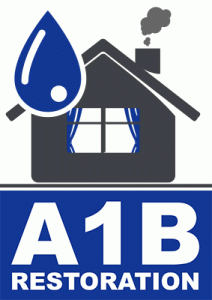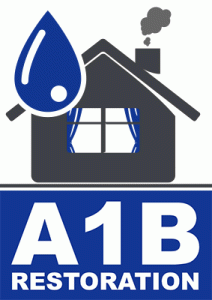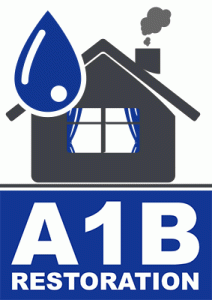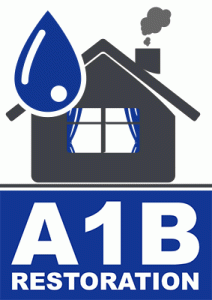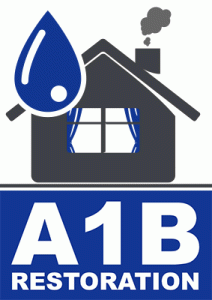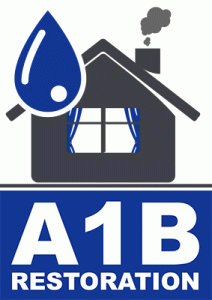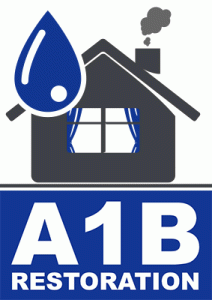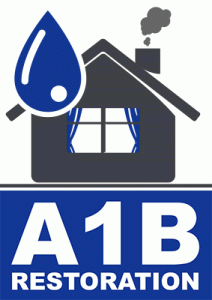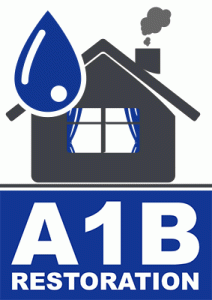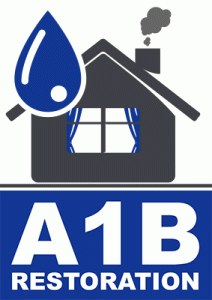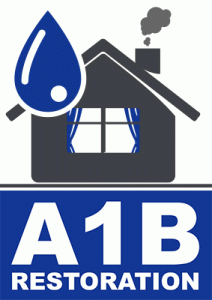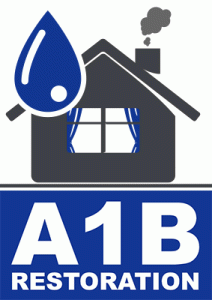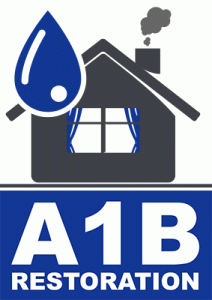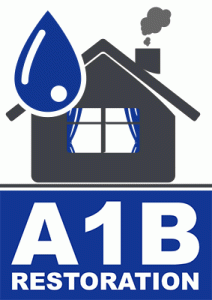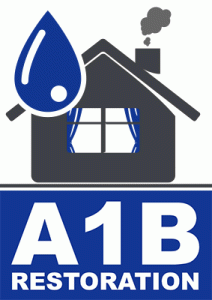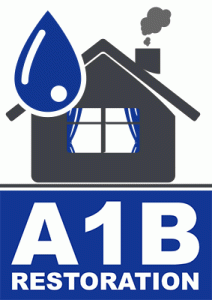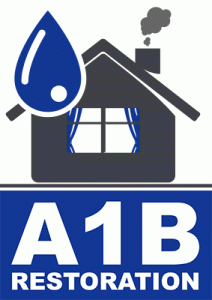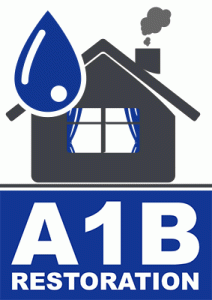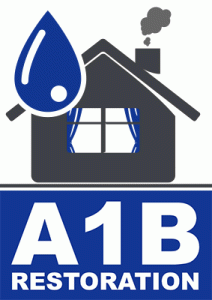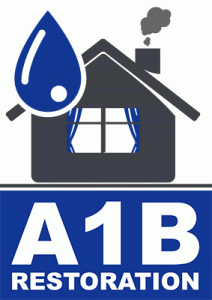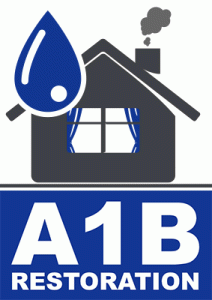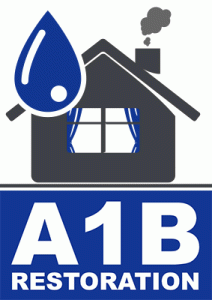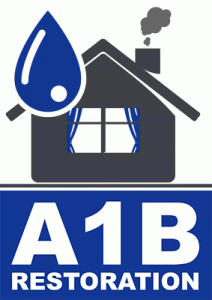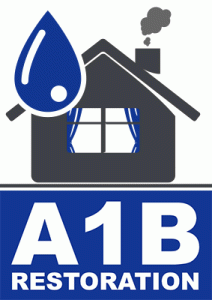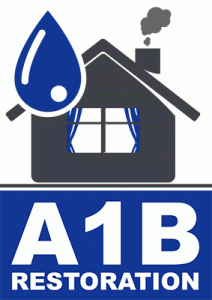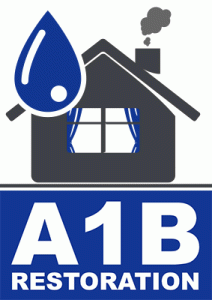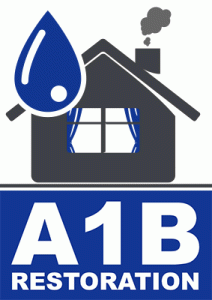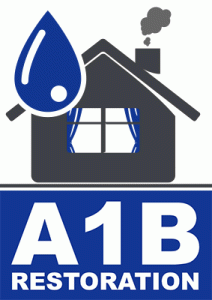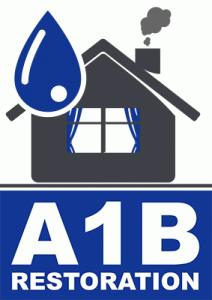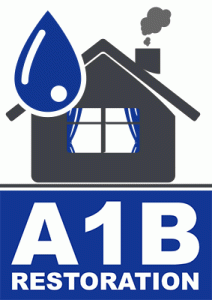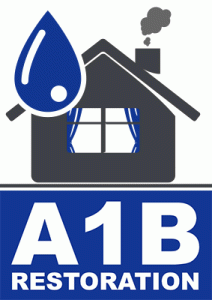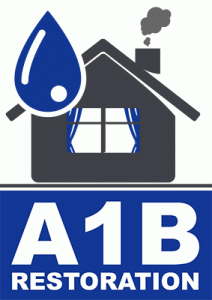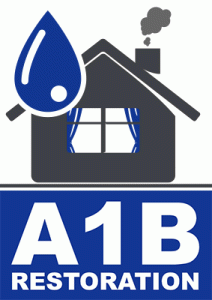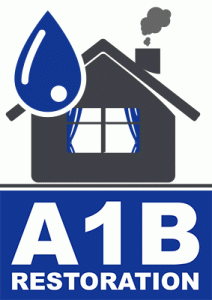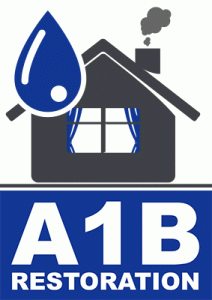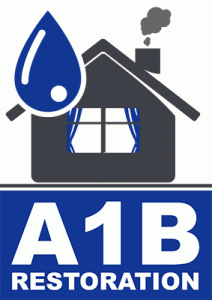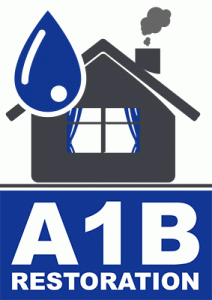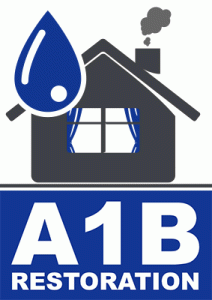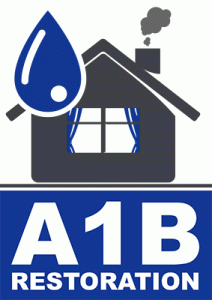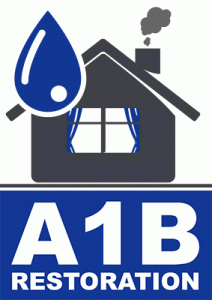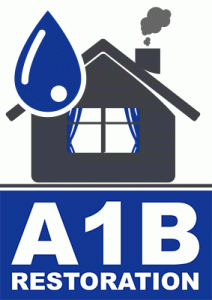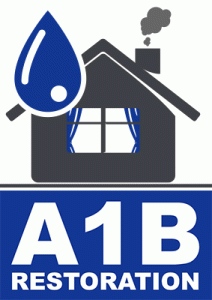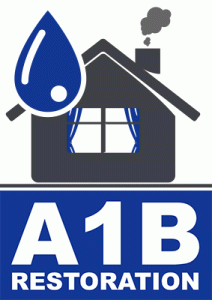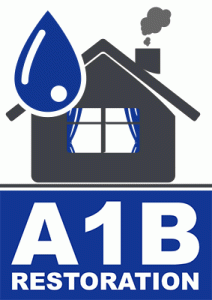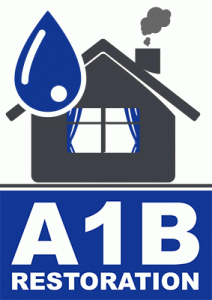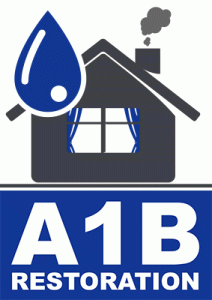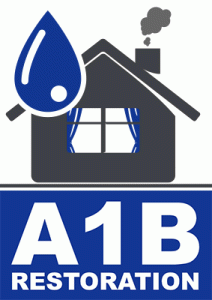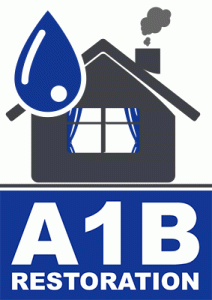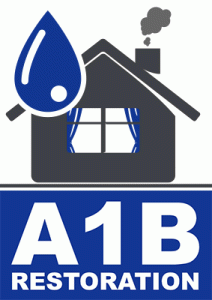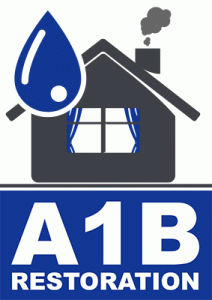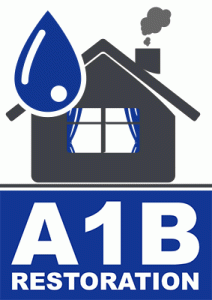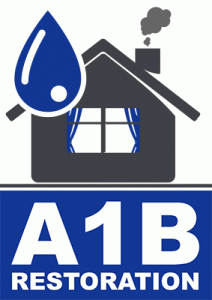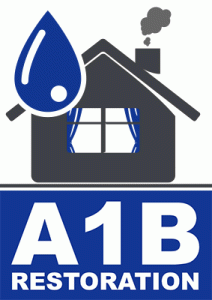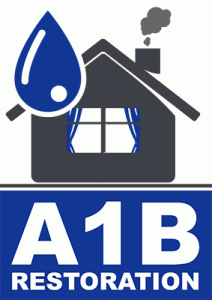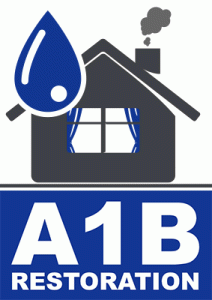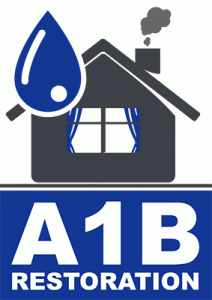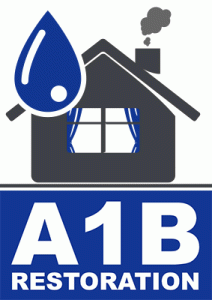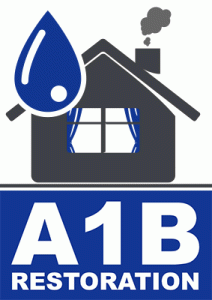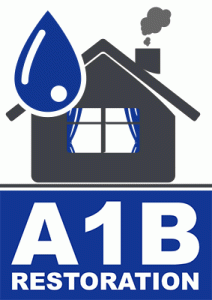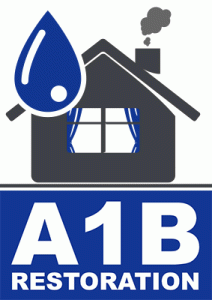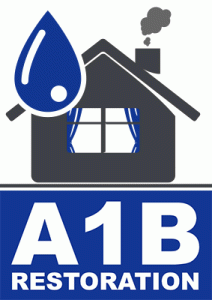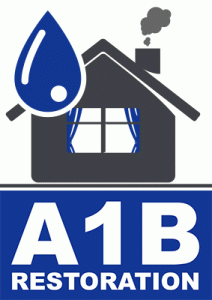Water Damage Restoration Services: What to Expect
Water damage can disrupt your life in unexpected ways, causing significant stress and financial strain. Whether it’s due to a natural disaster, a burst pipe, or a leaking roof, addressing water damage promptly is crucial to minimizing further harm. Understanding what to expect from professional water damage restoration services can help you mitigate stress and make informed decisions.
Understanding Water Damage: The Basics
Water damage is a common issue that affects many homeowners and businesses globally. According to the Insurance Information Institute, water damage and freezing account for nearly 29% of homeowners insurance claims, emphasizing the importance of addressing these issues quickly. The primary concerns with water damage include structural issues, mold growth, and damage to personal belongings.
Types of Water Damage
Water damage is categorized into three main types:
- Category 1: Clean Water – Originates from a clean water source like a broken water supply line or leaking faucet.
- Category 2: Gray Water – Contains significant contamination and could cause discomfort or illness if ingested.
- Category 3: Black Water – Highly contaminated and could cause severe illness or death if ingested. This includes sewage and floodwater.
Immediate Steps to Take
When faced with water damage, take immediate action to minimize damage:
- Identify and stop the source of the water intrusion.
- Remove valuable items and furniture from the affected area.
- Document the damage for insurance purposes with photos and videos.
- Contact a professional water damage restoration service.
The Water Damage Restoration Process
Understanding the water damage restoration process can help you set realistic expectations and ensure the job is done right. Here’s what typically happens:
1. Inspection and Assessment
The first step involves a thorough inspection and assessment of the damage. Professionals use advanced tools such as moisture detectors, hygrometers, and infrared cameras to determine the extent of the damage and formulate a restoration plan.

2. Water Removal and Extraction
Once the assessment is complete, the next step is water removal. This is often done using powerful pumps and vacuums. The speed of this process is critical to prevent mold growth and further damage. According to the Environmental Protection Agency, mold can begin to grow within 24-48 hours, making prompt water removal essential.
3. Drying and Dehumidification
After the majority of the water is removed, drying and dehumidification begin. Industrial-grade dehumidifiers and high-speed air movers are used to dry out the remaining moisture. This step is crucial to ensure all areas are completely dry, preventing future mold growth.
4. Cleaning and Sanitizing
Once everything is dry, the cleaning and sanitizing phase begins. This involves cleaning and disinfecting all affected areas and items. Professionals may also use antimicrobial treatments to prevent mold and bacteria growth.
5. Restoration and Repair
The final step is restoring and repairing your property to its pre-damage condition. This might involve minor repairs such as replacing drywall and installing new carpet, or major repairs like reconstructing entire rooms or areas of the home.
Choosing the Right Water Damage Restoration Company
Choosing the right restoration company can make a significant difference in the outcome of your restoration project. Here are some factors to consider:
Experience and Certifications
Look for companies with extensive experience in water damage restoration. Certifications from organizations like the Institute of Inspection, Cleaning and Restoration Certification (IICRC) indicate that the company adheres to industry standards and best practices.
Response Time
Time is of the essence in water damage restoration. A company that can respond quickly to your emergency is crucial to minimizing damage. Many reputable companies offer 24/7 emergency services to address urgent situations promptly.
Customer Reviews and References
Research customer reviews and ask for references to gauge the company’s reputation and quality of service. A company with positive reviews and satisfied customers is more likely to provide a satisfactory experience.
Preventing Future Water Damage
Once your property is restored, take steps to prevent future water damage:
- Regularly inspect your roof, gutters, and downspouts for damage and debris.
- Ensure proper drainage around your property to prevent water pooling.
- Install water leak detection devices and automatic shut-off systems.
- Maintain your plumbing system and promptly repair leaks.
Conclusion
Water damage restoration is a comprehensive process that requires expertise and quick action. Understanding what to expect and choosing the right restoration service can significantly impact the efficiency and success of the restoration. By taking preventive measures, you can protect your property from potential water damage in the future, ensuring peace of mind and safeguarding your investment.
For expert water damage restoration services, contact our team today. We provide 24/7 emergency response and are committed to restoring your property to its original condition efficiently and effectively.
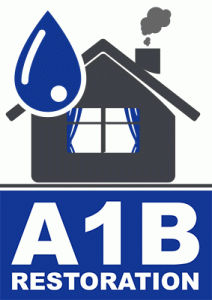
water damage cleanup companies Grand Prairie Texas

emergency water damage restoration Lake Dallas Texas
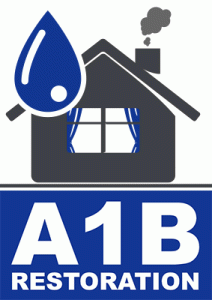
water damage cleanup companies Flower Mound Texas

Arlington Texas water damage restoration service near me
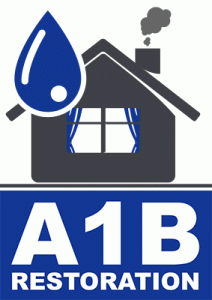
residential water damage restoration Euless Texas
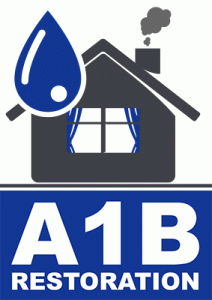
Royse City Texas restoration water damage companies
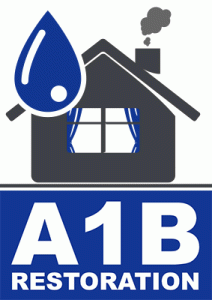
water damage and restoration Lakewood Dallas Texas
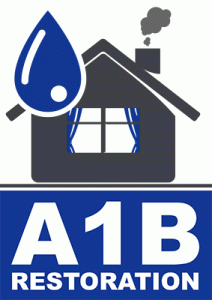
water remediation company near me Richardson Texas

Preston Hollow Dallas Texas water damage cleanup near me
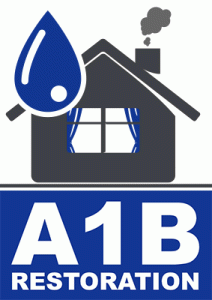
water restoration companies near me Grand Prairie Texas
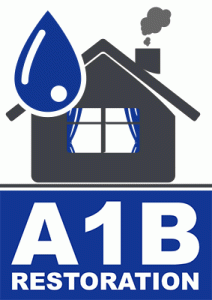
water damage restoration services near me Rockwall Texas
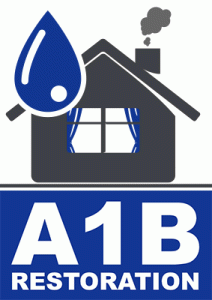
Little Elm Texas water damage restoration service near me
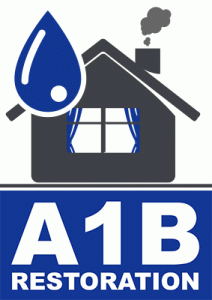
Preston Hollow Dallas Texas water damage restoration near me

Lakewood Dallas Texas water damage cleanup near me

Preston Hollow Dallas Texas water damage cleanup near me

North Richland Hills Texas water cleanup service near me

Sunnyvale Texas water damage restoration service near me
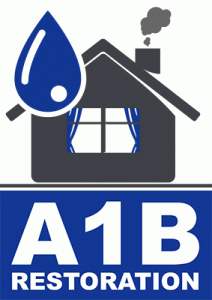
Allen TX water damage restoration companies near me

Rowlett TX water damage restoration companies near me

Lakewood Dallas TX restoration water damage experts

Preston Hollow Dallas TX emergency water damage cleanup
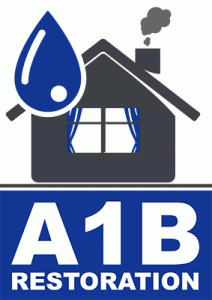
Lake Highlands Dallas TX water damage restoration company
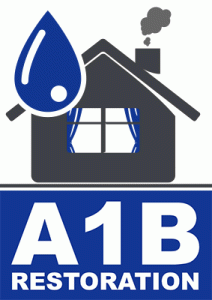
Keller TX water damage restoration companies near me

Duncanville TX water damage restoration companies
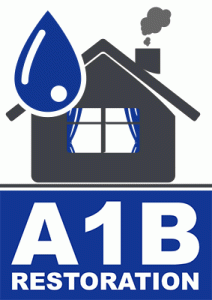
water restoration companies near me Rowlett Texas
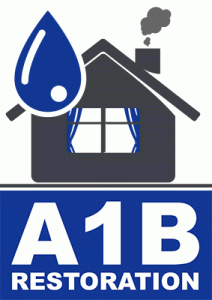
best water damage restoration near me Denton Texas
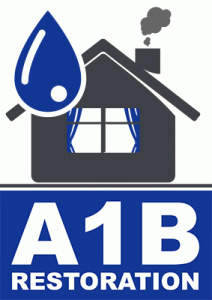
water damage restoration service Highland Park Texas

water damage and restoration companies Arlington Texas
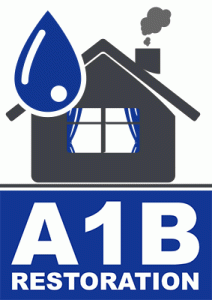
water restoration companies near me Crowley Texas
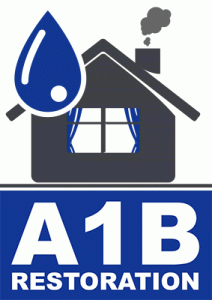
water damage restoration services near me Lake Dallas Texas
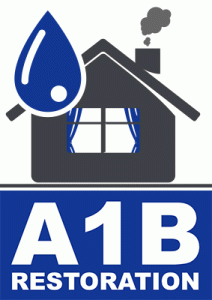
water mitigation company near me Richardson Texas
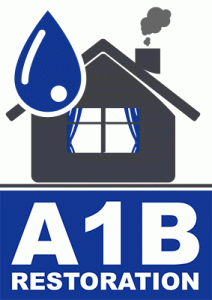
water restoration companies near me Addison Texas
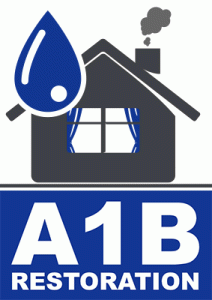
water remediation company near me Flower Mound Texas

residential water damage restoration Little Elm Texas
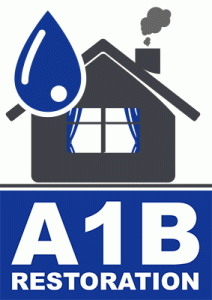
water restoration companies near me Flower Mound Texas
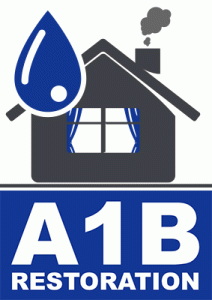
water mitigation company near me North Richland Hills Texas
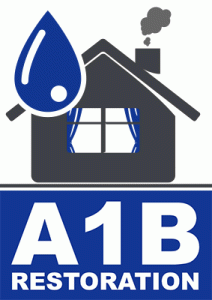
residential water damage restoration Preston Hollow Dallas Texas
